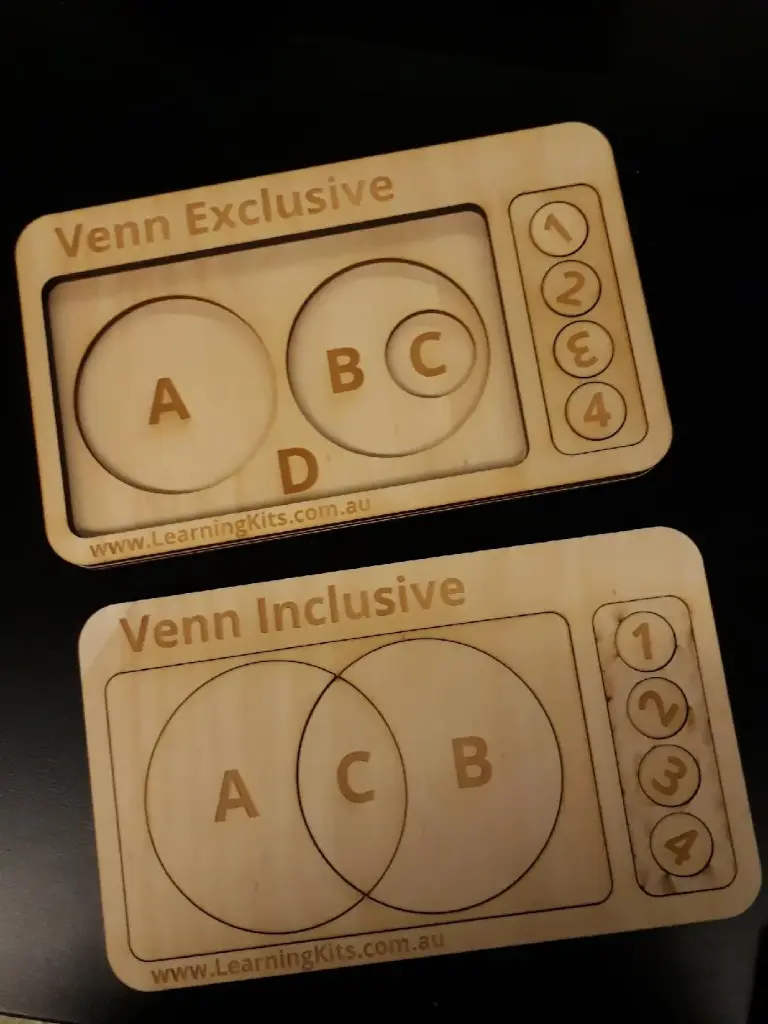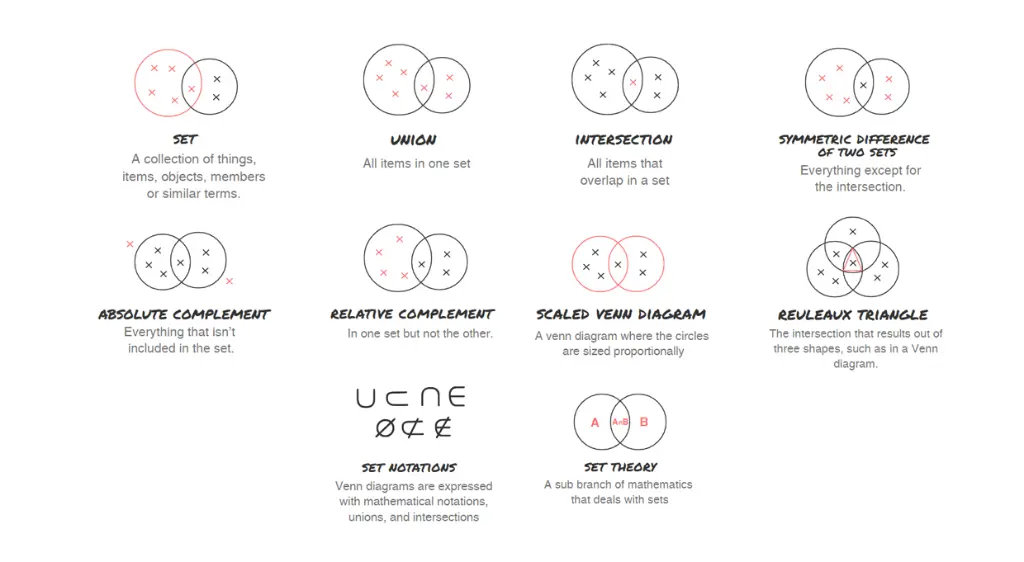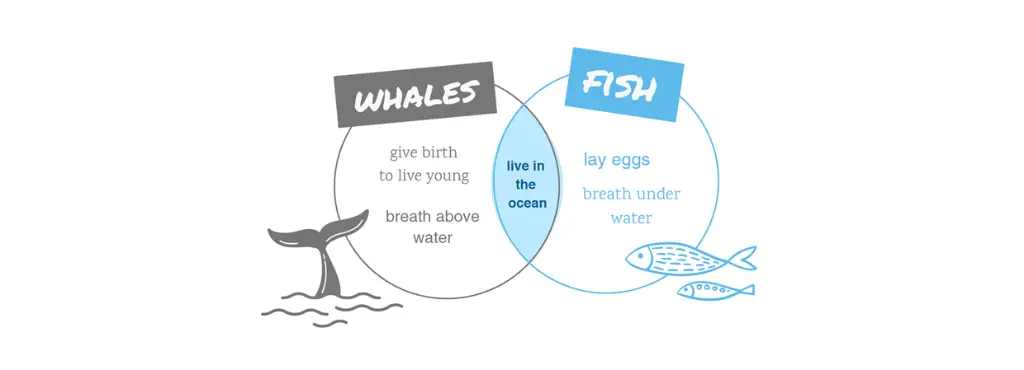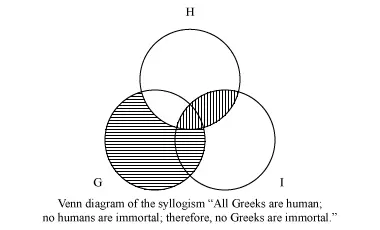Set Theory Learning Kit
Designed to visually communicate the relationship between different ideas and entities by using the common representation as depicted in Venn diagrams. It can be used to explain ideas that involve the categorization or grouping of information or concepts.
Components include:
Non-mutually exclusive block
Used to represent events or items that have overlapping relationships
Set A - represents one type of characteristic or category
Set B - represents one type of characteristic or category
Set C - represents characteristic or category from A and B
Tokens - represents events or items that belong in Set A, B or C
Mutually exclusive block
Used to represent events or items that have no overlapping relationships
Set A - represents one type of characteristic or category
Set B - represents one type of characteristic or category
Tokens - represents events or items that belong in Set A or B
Using the Set Theory Learning Kit to teach/learn about the relationship between things:
First, you need to choose the type of relationship that you want to explain to the child, whether it is a non-mutually exclusive or mutually exclusive.
Second, you should explain the concept of a Universal Set, or the idea that there is a category in which every items belongs to.
Take a token and label it with a name that belongs in one of the set (A or B), then take another token and label it with a name that belongs in the other set. If you are using the non-mutually exclusive block, you will also use a third token and label it with a name that belongs in both of the sets (C).
Additional tokens can be used to explain edge cases where the child needs to consider how the way we categorize and label things can affect how we group them.
Example
Using the mutually exclusive block, we label a token as Australia and place it in Set A. We label a second token as Japan and place it in Set B. We ask the child to consider how the two countries can be categorized so that they are not overlapping. A potential solution is the Set A represents Oceania, and Set B represents Asia. Any tokens that fall outside Set A and B can be added like United States or France to reinforce the concept.









